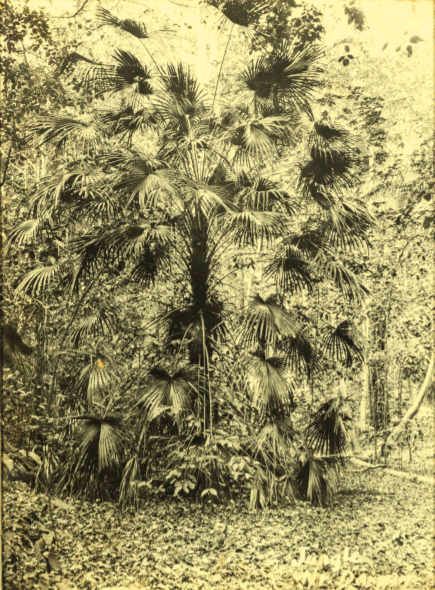
Black Jungle? In the jungle, the mighty jungle, the …………………..Oh, you know.
Black Jungle – camping in Black Jungle 1964.
My article is about a camp in the Black Jungle at the edge of the swamp. It seems so long ago now. I guess “seems” is not the right word, but I spent a fair bit of time out in these swamps. Sometimes I travelled with Harold Harmer, who was in fact my mentor. Harold would take off his Japanese two-toed boots and walk barefoot through the swamps. I followed suit.
Black Jungle Camp 1964.
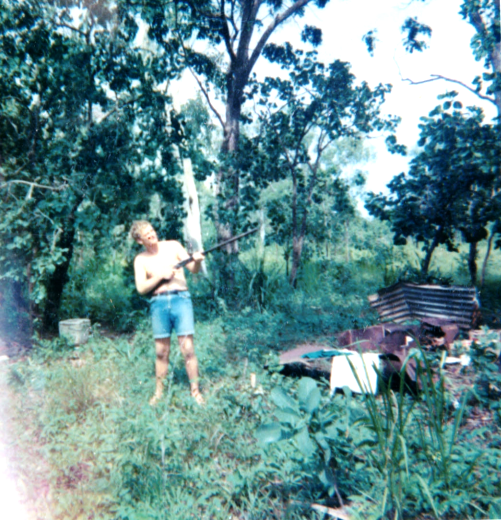
To be honest, in the beginning it was a little disturbing. We began walking through shallow water, but do not think that it was clean or sparkling like a mountain stream. No, it was green, dark, and a source of hidden life.
You put your bare foot down carefully, kind of slid it into the mud so to speak, as sliding in often meant avoiding the sharp spikes of fallen Pandanus leaves.
This is what they were like. Damn prickly!
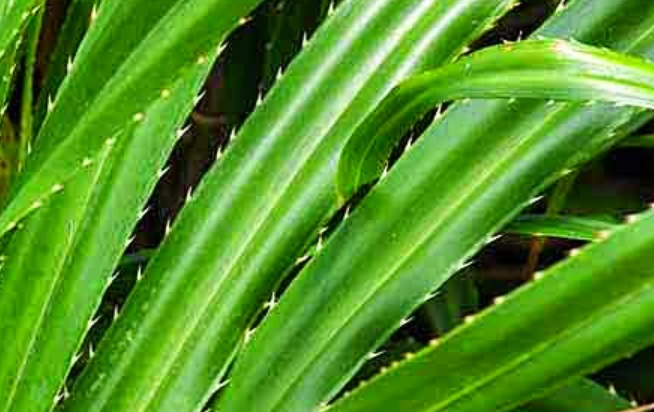
Why barefoot? Well, we couldn’t find any shoes or boots that stayed on in that slime and mud. So barefoot it was. Thanks Captain Harold.
Black Jungle – walking through the swamp.
The canopy was thick above. Ahead was a mysterious pathway through things that overhang. There was no choice but to walk through large spider webs, keeping one eye out for snakes and spiders, and awful things. The tropical foliage was thick, verdant, and it moved.
One would suddenly find a giant spider fallen from above and resting on your shoulder.
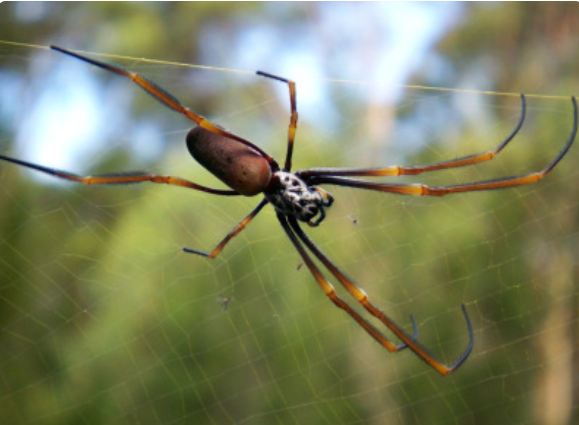
Picture: Golden Orb Web Spider.
This may not be a dangerous spider but how did I know that.
They fall on you. There is a thick thud. Plop. Your spider has arrived.
Bloody revolting things.
Black Jungle – Snakes are everywhere.
Or snakes. Snakes were everywhere. You see them swimming away or snaking about high in the tree.
Or maybe you touch a branch with your forearm and see that the branch is moving away. It is a green tree snake.
Green Tree Snake.
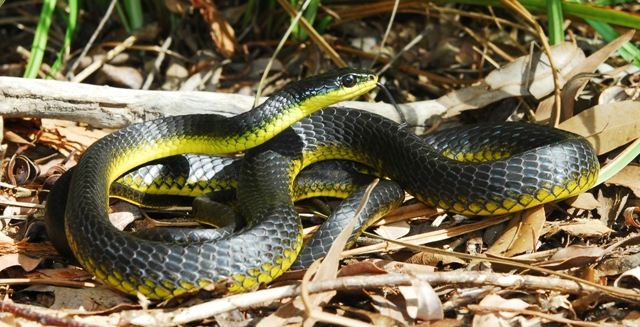
SOURCE: http://www.whatsnakeisthat.com.au/category/region/nt/
Damn and double damn!
You keep going; you realize that maybe it isn’t so bad. After a few of these adventures it becomes the “thing you do.”
Even when the water is so deep that it reaches your armpits you do not shudder. You just wade manfully on, trusting in luck and intestinal fortitude.
Black Jungle – walking and camping alone.
I also visited the swamps and camped alone, shifting around the edges, and sleeping on an old tarp, my mum dropped me off and came back two days later, hoping to find me. I guess this was my solitary time, a forerunner of the age of the old bull who has left the herd to contemplate his long life.
Heck, I am only 14. Why did I do this? Family issues, I guess, as I was not the favoured son, and at this time I felt it quite keenly.
When I walked alone, I had a backpack, a roll of canvas, a billy, a couple of tins of sausages and potatoes, maybe a piece of fruit and that’s about it. Light a fire, boil the billy drink some tea, and boil the tin for dinner. I had a rifle and I sort of knew my way. Reading the sun more than anything. I didn’t have a map.
Black Jungle – a camp with Harold 1964.
But this particular time I camped with my good friend Harold. Harold’s brother Norman dropped us off with our gear, promising to come back at the designated time. Did, too! Reliable fellow Norman.
Well, Harold and I had a tent, a small esky with meat, a fire for cooking, a rifle, a shotgun, and a thirst for adventure.
So did the dingoes. There were packs of them. Brazen creatures, too!
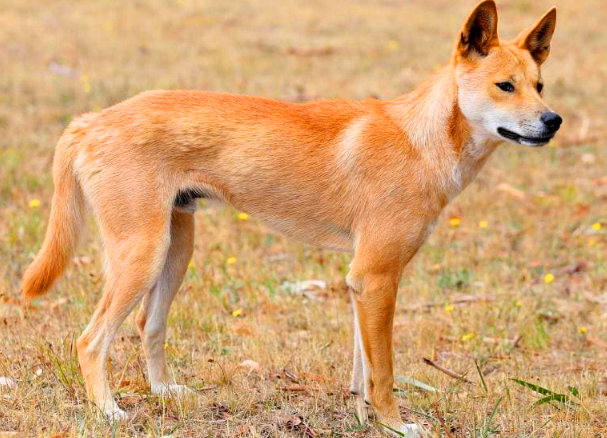
When we got back the bastards had raided our camp and stolen some of our tucker. Saw them running off and fired a few casual shots in their direction. They wouldn’t have been our first wild dog trophies and they knew our style. They vamoosed into Black Jungle.
Black Jungle – Sights and sounds.
I remember the fresh stream running clean into the swamp. I remember the birds in the trees and on the grass. I remember the noise in the morning.
You have heard of birdsong? Well this is like a giant factory of amplified bird sound. You cannot hear yourself think and no-one can hear you speak. The pre-dawn sound rises and reaches a crescendo. Honestly, it is a thing that you have to experience to believe.
Honks, screeches, warbles, trills and more.
This is as good as it gets in a video. I suggest that you go and have a visit. See it for yourself. Tell them I sent you.
The sun comes up and you can see it all. Thousands and thousands of birds of all types around you. They say, you will never, never know, unless you go. Well, it is a bit late for some of what we experienced back in the sixties, but perhaps it is never too late. I urge you to go and try it camping style rather than in a big air-conditioned room.
Black Jungle style hunting.
I hunted out there with Jim Sly who recently reminded me of the fact. I said to him, “I remember the face of the King Brown snake that I stood on better than I remember your face. I stood, and he understood.
A few others, too.
Later times I hunted there with my brother Bryan.
In 1969 I brought a friend up from Melbourne. At Lady Elliot Lagoon, and quite by accident, he nearly repeated my snake treading trick, but this time stepping on a Taipan instead of a big Brown.
Snake stories.
This snake, King Brown, is bettered called a Mulga Snake as it is not a “brown” but then again, that is what we called them. They are common in NT.
I have previously described the incident where, at close to midnight, I stepped onto a King Brown. See my About Page.
My companions were bootless. I reckon that afterwards one of them was pretty much “legless” too. He was right behind me and bare foot!
For the response of the big Mulga snake was a sudden whack. He bit down hard on my boot-covered foot. Wowee!
Black Jungle and other – reflections.
A reflection on the day…………………….
Mulga Snake (King Brown) Pseudechis australis, large and defined scales,
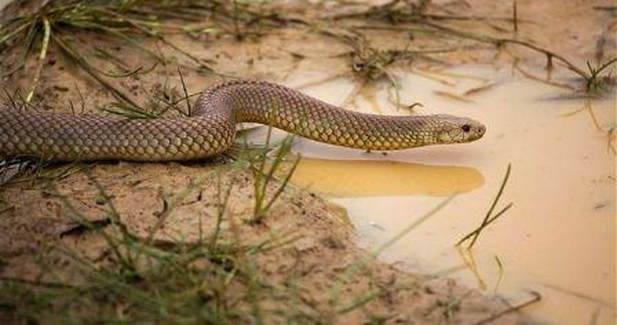
SOURCE: https://snake-facts.weebly.com/king-brown.html
About this species of snake. You could see one at Black Jungle.
Venom / Bite
They are considered to be Australia’s most widespread
venomous snake species. Although they have been responsible for human deaths,
their bite isn’t usually fatal to humans. This is due to the fact that their
venom although highly toxic is less potent than the venom of taipan snakes, tiger snakes, or the common
brown snake.
The LD50 value in mice is “only” around 2.38 mg/kg
subcutaneous. But in order to compensate for lower venom toxicity, they inject
large amounts of it by hanging on and chew on the victim when they bite.
They have 2 grooved fangs in the front of
its mouth from which the venom flows.
It’s believed to be the species that causes the most number of venomous
snake bites in Australia.
By comparison on
average milking, a tiger snake produces around 10 to 40 mg of venom while a
king brown snake may inject up to 150 mg of venom in a single bite. They have the largest
recorded venom output of any snake species.
If threatened or harassed, the king brown snake usually
flattens its neck, spreading it into a hooded shape, nest it raises its body
into an S shape and if necessary it will strike very rapidly. Normally venomous snakes will
only attack or bite humans if disturbed or threatened, but King brown snakes
have bitten people who were asleep at the time of the bite.
Their venom is
mostly haemotoxic breaking down blood cells and damaging muscles, and only
mildly neurotoxic occasionally causing ptosis, drooping of the upper eyelids.
A King Brown snake bite causes hemorrhaging, muscle weakness, vomiting, nausea, abdominal
pain, diarrhea, lightheadedness and headaches, mild paralysis. and kidney
damage or even renal failure.
Despite their common name they do in fact belong to the black
snake genus Pseudechis, therefore should antivenom be required Black snake
antivenin is used to treat their bites. In case of a suspected bite from a King
brown urgent medical attention is required.
https://snake-facts.weebly.com/king-brown.html
Black Jungle and other places. My story continued.
Lucky for my friend I was pretty observant, and I stopped him from committing what could have been fatal: stepping on that log.
His eyes opened wide as he saw the Taipan’s head coming out of the long split in the log. The snake didn’t come far out, maybe half a metre, but before it could get too far, I shot it.
I noted that Gary moved at the sound of the shot when he should have moved at the snake putting on its moves. Fair dinkum, I still have a photo of it somewhere. It was about 2 metres in length.
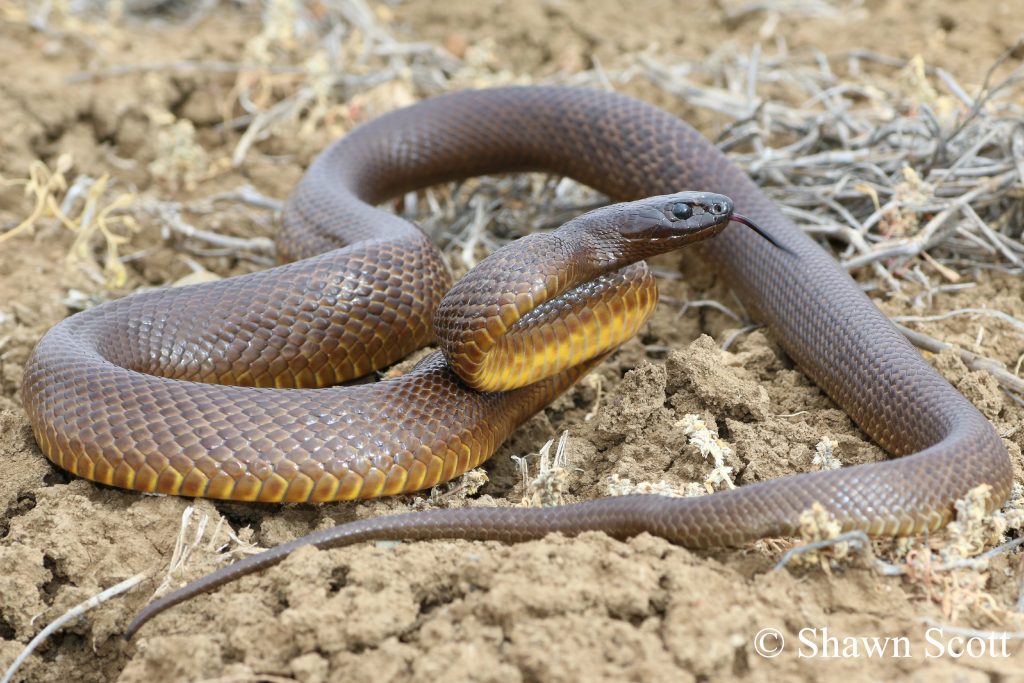
SOURCE: Photograph Shawn Scott http://www.whatsnakeisthat.com.au/category/region/nt/
Is the snake dangerous, you may ask?
Danger to humans
The Coastal Taipan is often regarded as the most dangerous snake in Australia. They are extremely nervous and alert snakes, and any movement near them is likely to trigger an attack. Like any snake the Taipan prefers to avoid conflict and will quietly slip away if given the chance, however if surprised or cornered it will ferociously defend itself. When threatened, the Coastal Taipan adopts a loose striking stance with its head and forebody raised. It inflates and compresses its body laterally (not dorso-ventrally like many other species) and may also spread the back of its jaws to give the head a broader, lance-shaped appearance. Invariably the snake will strike, often without any warning, inflicting multiple snapping bites with extreme accuracy and efficiency. The muscular lightweight body of the Taipan allows it to hurl itself forwards or sideways and reach high off the ground, and such is the speed of the attack that a person may be bitten several times before realizing the snake is there.
The venom apparatus of the Coastal Taipan is well developed. The fangs are the longest of any Australian elapid snake, being up to 12mm long, and are able to be brought forward slightly when a strike is contemplated (the fangs of elapids are generally short and ‘fixed’ in position). When the Coastal Taipan strikes it injects a large amount of highly toxic venom deep into the flesh, and studies have shown they are capable of injecting the same amount in a second or third bite. The venom affects the nervous system and the blood’s ability to clot, and victims may experience headache, nausea/vomiting, collapse, convulsions (especially in children), paralysis, internal bleeding, myolysis (destruction of muscle tissue) and kidney damage. The onset of serious symptoms is often rapid, so anyone suspected of receiving a bite must seek medical attention immediately, no matter how trivial the bite may appear. Prior to the introduction of specific antivenom by the Commonwealth Serum Laboratories in 1956, a Taipan bite was nearly always fatal.
https://australian.museum/learn/animals/reptiles/coastal-taipan/.
The inland taipan is similar. These are not “muck around snakes.”
An inland taipan’s venom is around 50 times as toxic as an Indian cobra’s venom. This means that this snake is believed to have the second most lethal bite of all snakes in the world. The inland taipan snake lives in remote, arid regions of eastern Australia. It is a medium-large snake, averaging between 6 and 7 feet long.
https://www.snakesforpets.com/inland-taipan-snake.
Black Jungle and Hunting in N.T.
Things are not the same as they were. There are a lot of things that you can no longer do. One has to know and observe the laws of the land. I am not sure that we did back in the sixties. But then, it did not seem to matter so much.
I shot a croc with a bow and arrow on that trip. You will note that this is the only mention of crocodiles in my article. There are other things, you know.
Black Jungle – my friend, Ted Whiteaker, says.
It’s a unique patch of Earth to which I have a strong attachment. It was magical, back in the day, and the jungle itself still retains its brooding beauty, although rampant mimosa has now obliterated the vast floodplain views and there are no buffaloes (or much other wildlife).
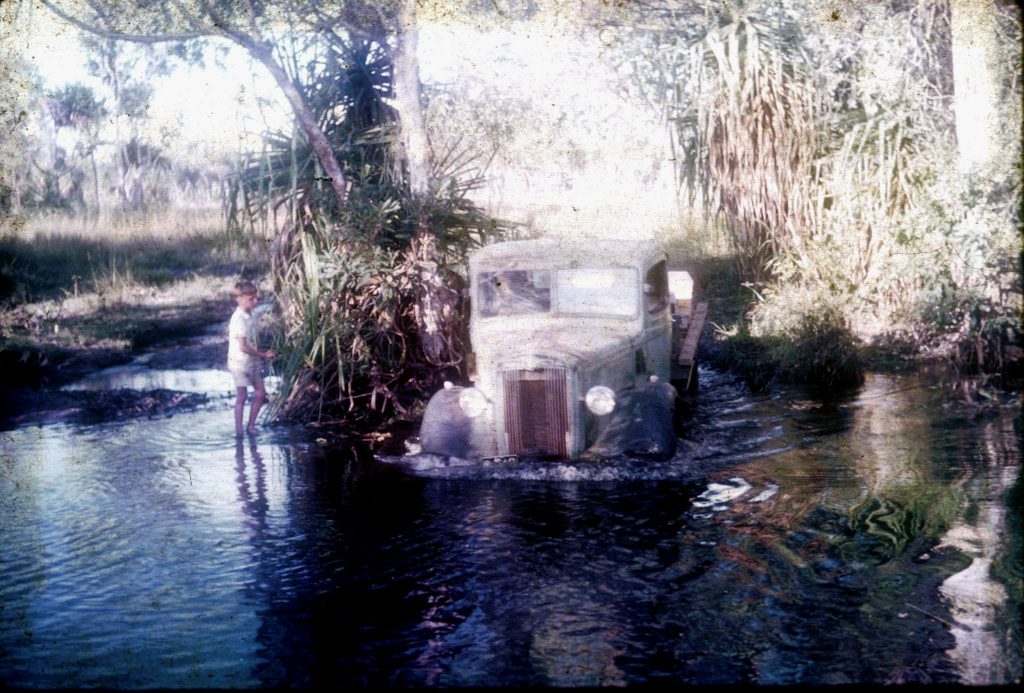
Ted gave me a photograph taken in c1959. They are coming home from hunting at Black Jungle. In the photo we see Ted’s father’s Morris Commercial crossing Black Jungle Creek. Ted is pictured on the left. The creek was another beautiful place to pause, swim, and clean up.
Black Jungle years later – Xmas 1972.
I also went to a similar place hunting geese with Gary Hawthorne after the pub shut. When I say similar it may be for the reason that I was never quite sure where we went………
I discovered that the Parap Hotel was a great place to get warmed up for a duck hunt.
We shot a few animals, had a huge BBQ, animals present, told some jokes, and when dawn arrived, we were into it.
I could go on but………
Black Jungle and Snake Creek – author age 14.
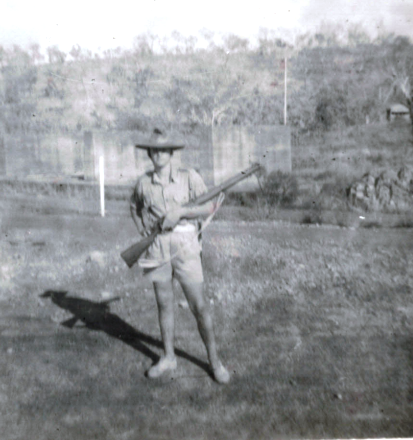
cheers to all, Leighton.